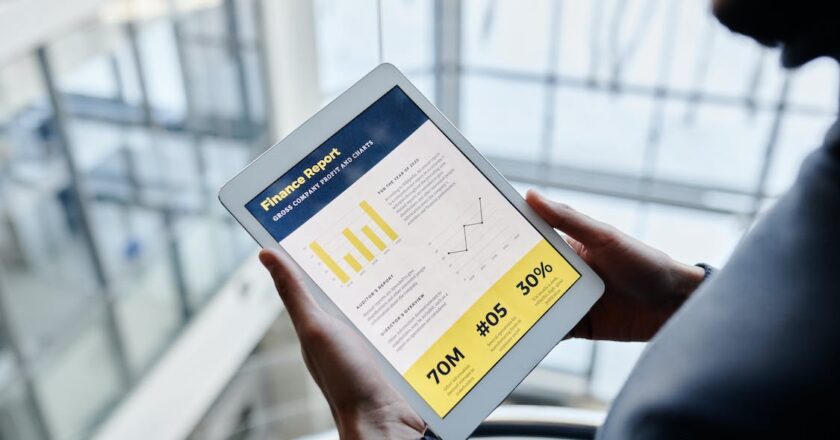Strategic Financial Navigation: Small Business Owners’ Guide to Preparing for Acquisition Success
In gearing up for acquisition, small business owners must meticulously attend to financial preparations. Keeping records up-to-date and transparent, demonstrating consistent profitability and positive cash flow, and understanding asset valuation and industry earnings multiples are foundational. Effectively managing debt, addressing contingent liabilities, and creating a thorough data room for due diligence streamline the process for potential buyers. Realistic financial projections, tax compliance, and engagement with financial advisors round out a comprehensive strategy. Small businesses that proactively address these financial considerations not only increase their appeal but also pave the way for a smoother and more successful acquisition process.Financial readiness is a cornerstone in ...










